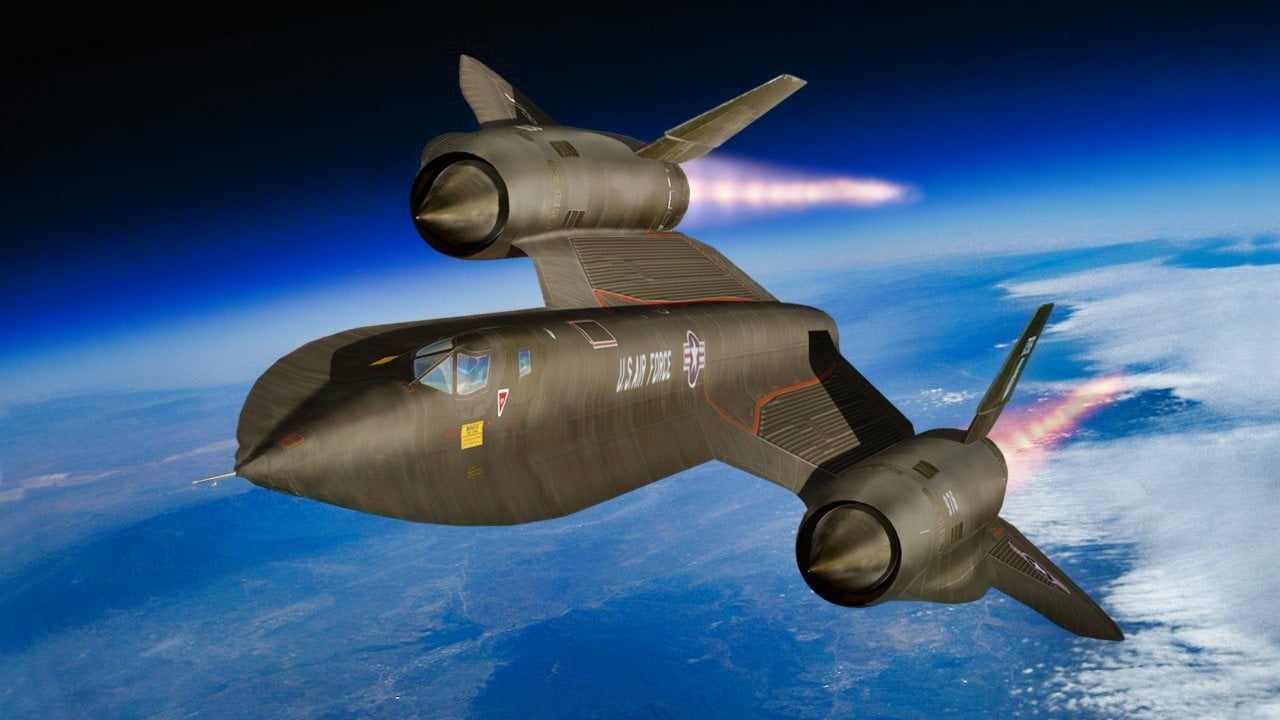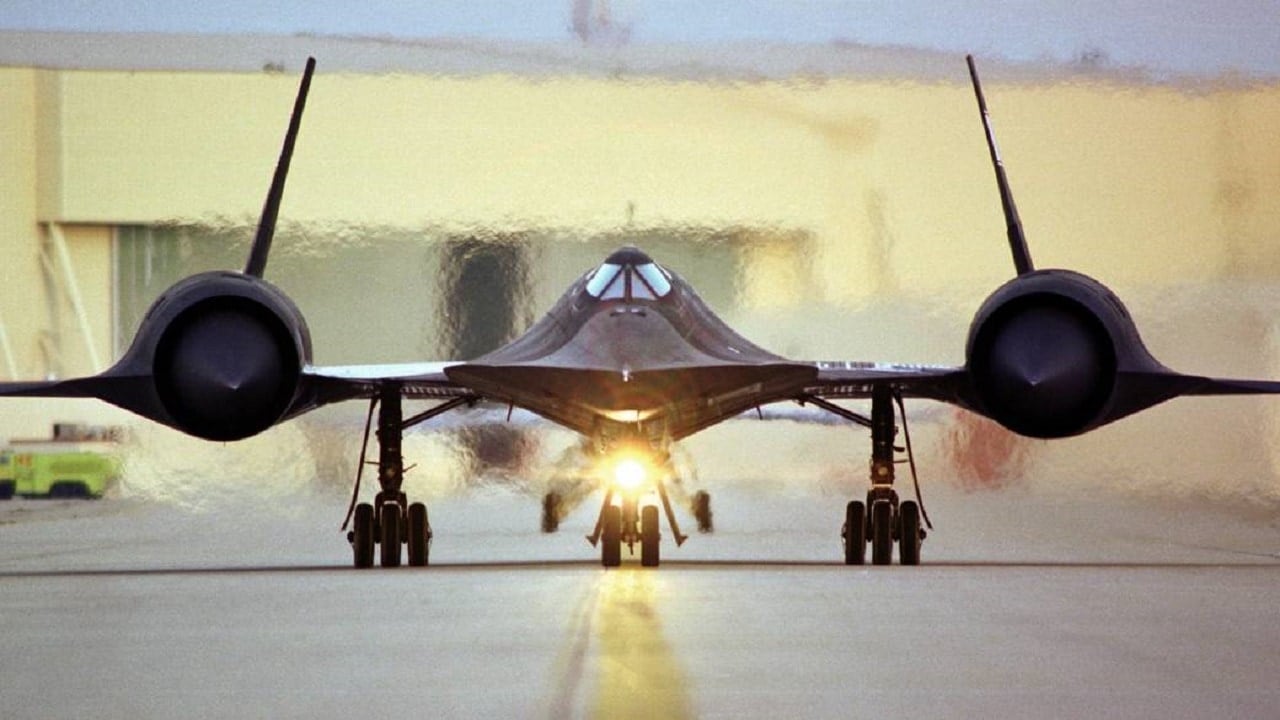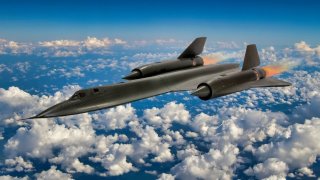The SR-71 Blackbird Could Hit Mach 3.49 (But There Is a Catch)
The SR-71 remains a fixture of aviation enthusiast’s imagination, for its appearance, its speed, and its variety of novel technological features, including the J58 engine and its 427 degrees Celsius restrictions.
The SR-71 Blackbird remains an aviation icon, decades after being retired. The aircraft was one of the most visually distinct, and technically distinct, aircraft ever built. The SR-71 looked like something out of a Batman film. Painted black, with a flattened fuselage and rocket-like appearance, the SR-71 was fast, fast enough to outrun the surface-to-air missiles that were occasionally deployed to fell the sovereignty-invading reconnaissance aircraft.

“The Blackbird was in a different category from anything that had come before,” Aviation Geek Club reported. “Everything had to be invented. Everything,” Skunk Works legendary aircraft designer Kelly Johnson recalled.”
How Fast Was the SR-71
The top speed of the SR-71 remains a point of debate. The J58 engine was highly capable, but its performance was temperature-dependent.
“The speed limit for the airplane ironically had nothing to do with the airframe; it had to do with the engines,” Aviation Geek Club reported. To gauge engine temperature, the pilot could reference a temperature probe that was placed in front of the engine compressor. The pilot knew to adhere to temperature restrictions, rather than speed restrictions.
Specifically, the pilot knew not to exceed 427 degrees Celsius (800 degrees Fahrenheit).
“However, a cold blast from frigid weather could make a difference in reducing the temperature. This would enable the airframe to go faster without harming the engines,” Aviation Geek Club reported.
David Peters, a former SR-71 pilot explained that the 427 degrees Celsius was indeed the do-not-cross threshold. And sometimes, when the weather was hot, the SR-71 would need to reduce speed to below the well-publicized top speed of Mach three. Peters claims that when the weather was adequately cold, the SR-71 could be pushed to Mach 3.49.

“The actual limiting airspeed is around 3.55 that is where the spike being at full retraction loses the intercept on the shock wave and can no longer position it correctly in the inlet,” Peters told Aviation Geek Club. “Also the overflow of the shock starts to go over the wing and interfere with the flight controls. So the limiting speed as configured would be about 3.55 so long as you don’t exceed 427 Celcius.”
The 427C limit is what engine maker Pratt & Whitney established as the limit, refusing to warrant any operations above that temperature limit. According to Pratt & Whitney, the J58 could come unglued, or even start to lose turbine blades above 427C. The Air Force, naturally, wanted to keep their engine warranties intact.
Fortunately, the 427C allowed for maximum speeds that were just about always sufficient. As mentioned, the SR-71 was fast enough to outrun surface-to-air missiles regardless of the outside temperature.
The SR-71 remains a fixture of aviation enthusiast’s imagination, for its appearance, its speed, and its variety of novel technological features, including the J58 engine and its 427 degrees Celsius restrictions.
About the Author: Harrison Kass
Harrison Kass is a defense and national security writer with over 1,000 total pieces on issues involving global affairs. An attorney, pilot, guitarist, and minor pro hockey player, Harrison joined the US Air Force as a Pilot Trainee but was medically discharged. Harrison holds a BA from Lake Forest College, a JD from the University of Oregon, and an MA from New York University. Harrison listens to Dokken.
Image Credit: Creative Commons and/or Shutterstock.


